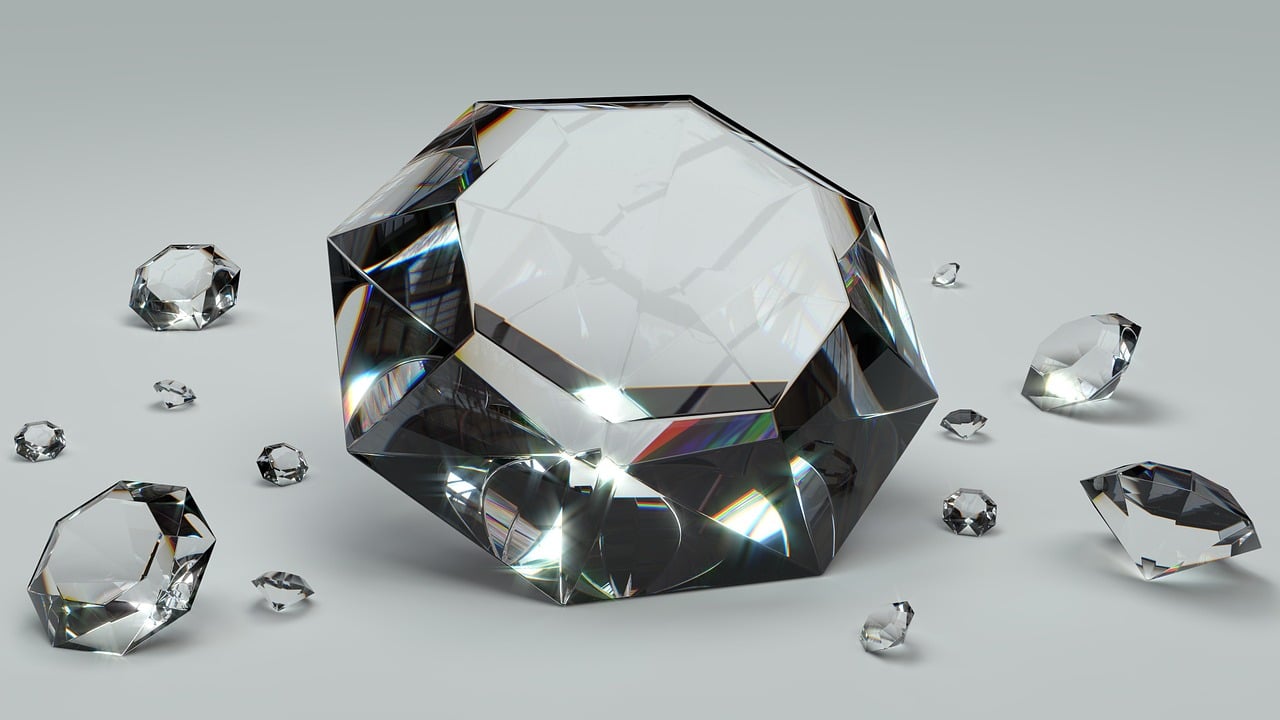Reviews
Why Lab-Grown Diamond Rings Aren’t Always the Cheaper Option — And What That Means for Your Engagement Budget

When you first start shopping for an engagement ring, lab-grown diamonds can sound like the perfect solution. They’re real diamonds, ethically made, and often talked about as the budget-friendly alternative to mined stones. But here’s the thing most people don’t realize right away: lab-grown diamond rings aren’t always the cheaper alternative. Let’s take a dive into why that is and what it means for your engagement ring budget.
First, What Are Grown Diamonds?
If you’re not super familiar, lab-grown diamonds are created in a lab using high-tech methods that replicate how diamonds form naturally underground. The result? A diamond that’s chemically and visually identical to a mined one, minus the digging.
Because there’s no mining involved, the cost to produce them is usually lower. That’s why people often assume they’re always the cheaper route. But it’s not that easy.
So Why Aren’t They Always Less Expensive?
There are a few factors that can bump up the price of lab-grown diamonds more than you’d expect.
- Growing Demand Is Shifting Prices
Lab-grown diamonds are growing drastically in popularity. As more couples look for ethical and sustainable options, demand is climbing, and so are prices. In some cases, certain cuts, colors, or sizes of lab-created stones are priced nearly the same (or even more) than natural ones.
- Quality and Size Still Matter
Whether a diamond is lab-grown or mined, the 4 Cs—cut, color, clarity, and carat remain unchanged. High-quality lab-grown diamonds, particularly bigger stones with remarkable clarity, can command very high prices. After all, even in a lab, perfection takes time and accuracy.
- The Setting Isn’t Free
A lot of people focus on the diamond cost, but don’t forget about the setting. Custom designs, designer brands, or high-end metals (like platinum or rose gold) can easily add thousands to your total. This applies to both lab-grown and natural diamond wedding rings—so your final number can creep up faster than you think.
What Does This Mean for Your Engagement Ring Budget?
If you want to invest wisely, lab-grown diamonds are still an option. It simply implies that you should approach your decision strategically.
- Begin by Setting Priorities
What’s most important to you? Are you seeking for a larger stone, a particular form, or something that reflects your values? Once you’ve determined your top priorities, you may look into both lab-grown and natural solutions to discover what works best for your budget.
- Be Flexible With Style
The setting can change everything. A sleek, simple solitaire might help you save more than a vintage-inspired ring with lots of small stones. Mixing metals or skipping designer labels can also make a noticeable difference without sacrificing style.
So, What’s the Right Choice?
Honestly? There is no uniform response.
If you’re interested in lab-grown diamonds because of their ethical benefits or because they often give greater size for the price, that’s a good reason to look into them. However, if you’re only interested in the diamond engagement ring cost, compare prices across the board.
When the whole cost of the ring is considered, a mined diamond may be more affordable.
Choose the One That’s Best for You
At the end of the day, your ring should reflect your love story and not just your receipt total. Whether you opt for a lab-grown stone or a natural one, the most important thing is that you feel good about your decision.
So be curious. Compare. Ask questions. And don’t rush it. The perfect ring isn’t always the one that’s least expensive; it’s the one that feels like yours.

-

 Legal6 days ago
Legal6 days agoMichigan man JD Vance sentenced to 2 years for threatening Trump and JD Vance
-

 Politics1 week ago
Politics1 week agoU.S. to designate Maduro-linked Cartel de los Soles as terrorist organization
-

 Health7 days ago
Health7 days agoCambodia reports fatal H5N1 bird flu case in 22-year-old man
-

 World4 days ago
World4 days agoHurricane Melissa registered 252 mph wind gust, breaking global record
-

 Legal4 days ago
Legal4 days agoWoman in critical condition after being set on fire on Chicago train
-

 Politics7 days ago
Politics7 days agoEpstein survivors release PSA calling on Congress to release all files
-

 Legal4 days ago
Legal4 days ago1 dead, 2 injured in shooting at Dallas Walmart parking lot
-

 Legal3 days ago
Legal3 days agoSuspect in San Diego stabbing shot by authorities after fleeing into Mexico




